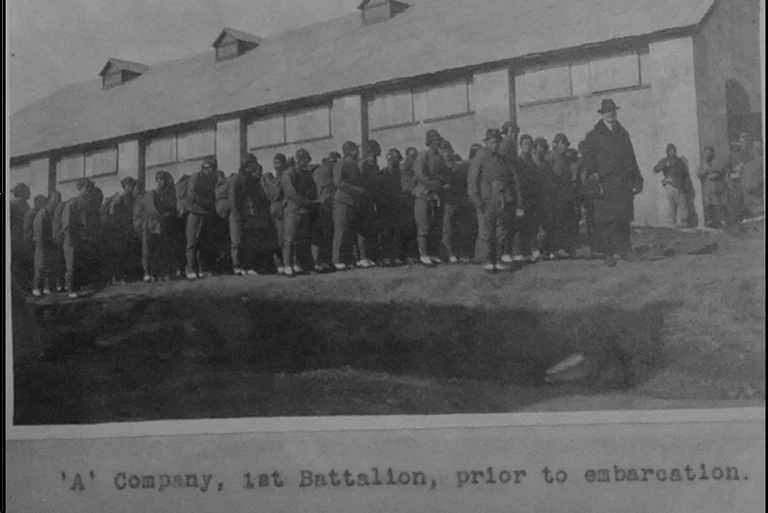
Sep 3, 1916
British WWI Chinese Labour Corps Transported via Canada
By September 3, 1916, the British Chinese Labour Corps scheme for World War I was active. Canada later secretly transported approximately 81,000 of these labourers from Victoria, BC, to Halifax for their journey to Europe. Throughout this period, the discriminatory Head Tax, in effect from 1885 to 1923, continued to apply, and these men were not permitted to leave their camps to mingle locally. During World War I, which Canada entered on August 4, 1914, when Britain's declaration of war on Germany automatically included the dominions of the British Empire, and which China itself formally joined on August 14, 1917, after a period of neutrality, approximately 140,000 Chinese labourers served behind the front lines for British and French forces. The British War Office had approved the Labour Corps scheme by early September 1916. Following Germany's resumption of unrestricted submarine warfare on February 1, 1917, and the tragic sinking of the French-contracted ship Athos with over 500 Chinese labourers, Britain sought shorter sea routes. Consequently, in March 1917, the Colonial Office requested Canadian assistance. Labourers were landed at Victoria, BC, from Wei-Hai-Wei, then transported on guarded Canadian Pacific Railway trains for their onward journey. Tragically, some died on the battlefield from stray bullets, others perished in Canada during transit, and many were buried in unmarked graves, including in British Columbia and Ontario.
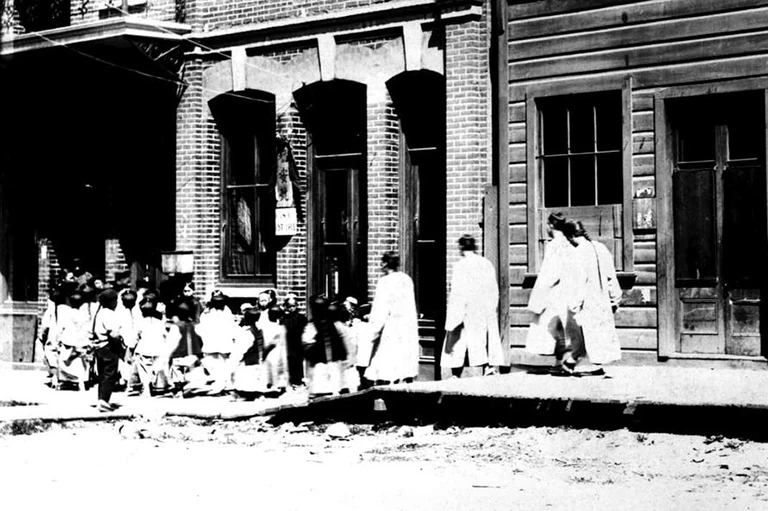
Sep 5, 1922
Victoria School Segregation: Student Strike
Sep 5, 1922: Victoria School Board segregated Chinese students, citing alleged language deficiencies, sparking a year-long strike by over 200 pupils (grades 1-7). This protest saw the community organize alternative private schools in Chinatown. The students' boycott resulted in the school board reversing its segregationist policy in September 1923.
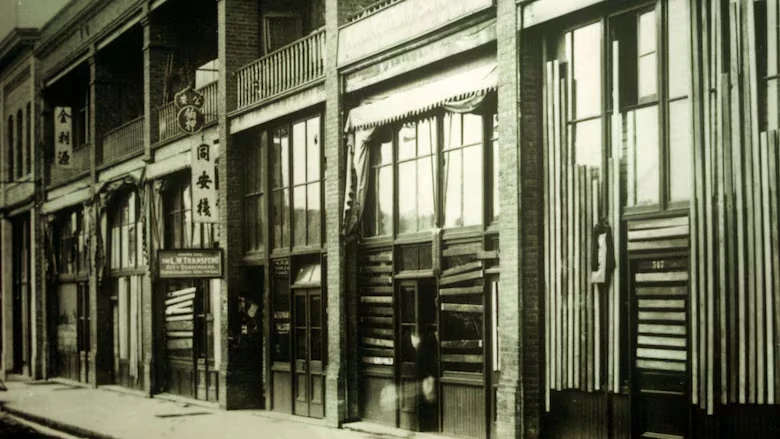
Sep 7, 1907
Vancouver Anti-Asiatic Riots
From September 7-9, 1907, Vancouver was rocked by anti-Asiatic riots, primarily targeting Chinese and Japanese immigrants. Instigated by the Asiatic Exclusion League, a white supremacist group, the riots were fueled by racist sentiments and economic fears. A mob vandalized businesses in Chinatown and Japantown, causing significant damage. This event starkly highlighted the intense discrimination faced by Asian communities, including Chinese Canadians, in early 20th-century Canada. It led to diplomatic tensions and eventual compensation by the Canadian government. For Chinese Canadians, it was a violent manifestation of the systemic racism that also led to policies like the Head Tax, demonstrating their insecure position and the fight for basic rights and safety in their new homeland.
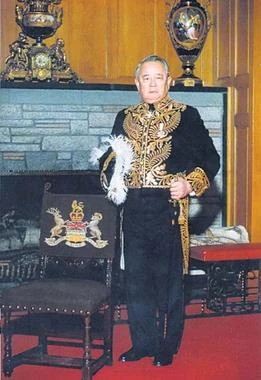
Sep 9, 1988
David Lam: First Chinese Canadian Lieutenant Governor
Born July 25, 1923, in Hong Kong, David Lam (林思齊) made history on September 9, 1988, when he became British Columbia's 25th Lieutenant Governor. This appointment marked him as the first Chinese Canadian to hold such a vice-regal role, a significant milestone for community representation. A respected philanthropist and successful businessman, Lam served in this distinguished position until 1995, leaving a lasting impact on the province.

Sep 16, 1945
Official Japanese Surrender in Hong Kong
September 16, 1945, the formal surrender ceremony of Japanese forces in Hong Kong at Government House officially ended nearly four years of brutal occupation. This event was particularly poignant for Chinese Canadians due to Canada's involvement in the defence of Hong Kong and the presence of Chinese Canadian military personnel. Sub-Lieutenant William K.L. Lore of the Royal Canadian Navy Volunteer Reserve, the first Allied officer of Chinese descent to land in Hong Kong after liberation, was notably present. His participation symbolized the contributions and sacrifices of Chinese Canadians in the Allied war effort and their role in the liberation, marking a proud moment for the community amidst the broader relief and complex emotions of the war's end.
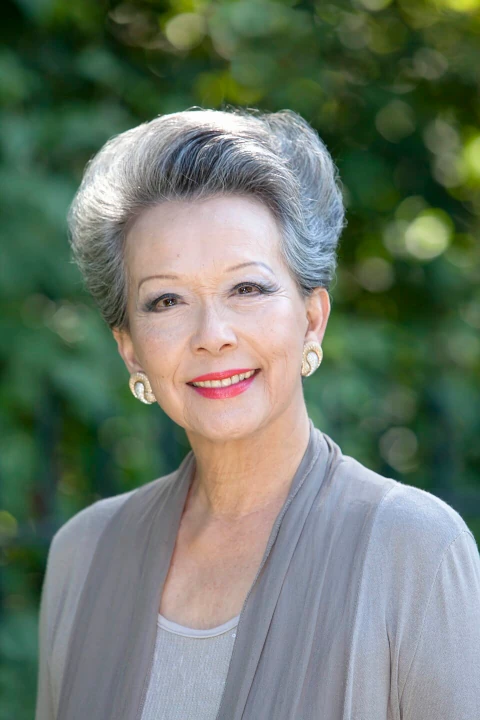
Sep 17, 1998
Vivienne Poy Appointed to Senate
September 17, 1998, Vivienne Poy became the first Canadian of Asian ancestry appointed to the Senate of Canada, a historic milestone. Her appointment was particularly significant for Chinese Canadians, representing a breakthrough in political representation at the federal level. An accomplished entrepreneur, author, and historian, Senator Poy (representing Ontario until 2012) championed issues like multiculturalism, education, and gender equality. She was instrumental in the motion to officially recognize May as Asian Heritage Month in Canada. Her presence in the Senate provided a vital voice for Chinese Canadians and other minority communities, symbolizing progress towards a more inclusive and representative Canadian government.
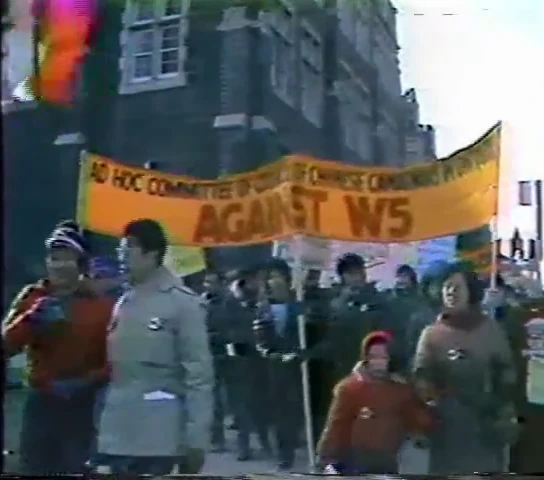
Sep 30, 1979
CTV W5 Anti-Chinese Episode Airs: CCNC Formation
September 30, 1979, CTV's W5 program aired 'Campus Giveaway,' controversially suggesting foreign students, particularly Chinese from Hong Kong, unfairly took university spots. This episode was widely condemned by Chinese Canadians as racist and inaccurate. The ensuing outrage was a major catalyst for the Chinese Canadian community, leading directly to the formation of the Chinese Canadian National Council (CCNC) in 1980. The CCNC became a vital national organization advocating against racial discrimination, for equal rights, and for positive media representation of Chinese Canadians. This event marked a pivotal moment in Chinese Canadian activism and their collective efforts to combat systemic racism and assert their place in Canadian society.
Racist Incident